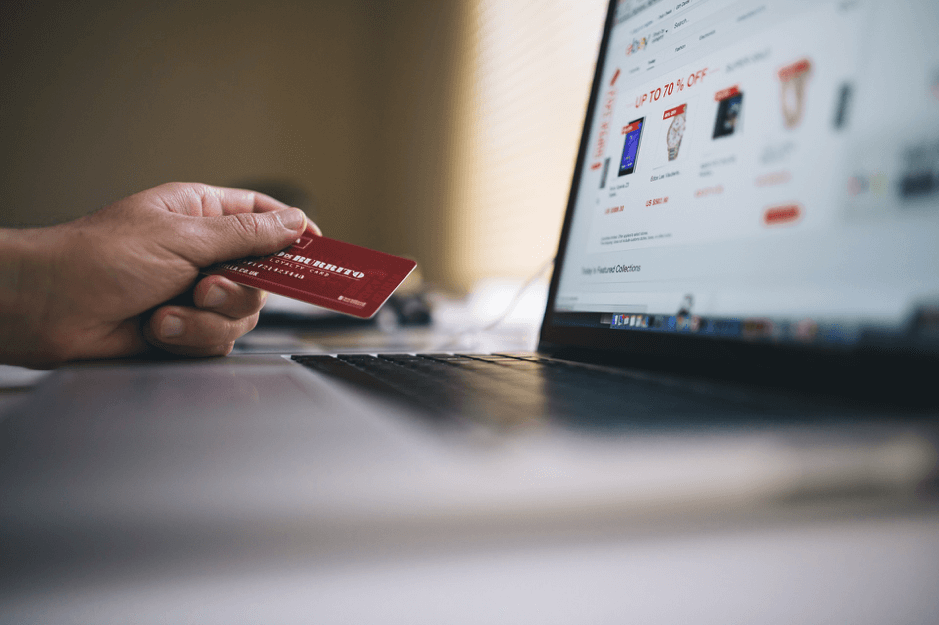How UX Designers Can Still Keep The Hustle Going During A Crisis
Everything in the world is different to how it was at the start of the year. Many people are currently in lockdown, businesses have been forced to close and the way the majority of people go about their day to day lives has been changed, potentially forever. Everything from how people make their livelihoods to how they purchase goods and food to how they travel is now different. We all currently have different needs, be they social or environmental, financial or physical. This is where effective UX can help.
How UX Designers Can Spread Awareness
Delivering the right information through the right channels has an added significance as it pertains to UX design right now given the current global situation. Presenting information in the order of its importance is one of the key aspects of effective messaging. Any sort of clear, actionable information needs to be the first thing your users engage with, followed by any details which validate and support this. By illustrating information in this way, your message can spread more efficiently, increasing the awareness of specific topics, something that is especially important during times of crisis like the current pandemic.
This helps to prevent the spread of misinformation meaning UX design can have a categorical impact on the way people react to the global pandemic. This is of great value when it comes to issues like social distancing, wearing a mask, or the reasoning behind lockdown measures where raising awareness surrounding the importance of these matters is just as important as the messaging itself. Not doing this accurately and successfully can have literal impacts on people’s health and well being.
Useful Tips For UX Designers to Follow During COVID-19

Designing for communities in crisis comes with its own set of unique problems that need innovative solutions. What would normally work may not be appropriate at the present time, therefore it can be difficult for UX designers to navigate this level of uncertainty effectively. While completely overhauling your approach is likely not the best thing to do, there are some very easy and useful tips to keep in mind when working on UX that include:
Simplify: When it comes to design during crisis periods, time becomes an incredibly key factor, even more so than usual. This means you should place a greater focus on the basic elements that are key to functionality. Spending too much time worrying about extra additions that would be a nice bonus to have should not overtake your core elements so simplify your approach, and focus mostly on the core, functional elements of your UX.
Ensure Adaptability: Currently, the problems your users are facing and their needs may not align day to day. Instead they will change incredibly quickly for any number of reasons that are likely to be unforeseen. Being flexible and adaptable when it comes to problem solving is crucial regarding design during crisis periods. Adapting to the day-to-day situations is vital to ensure that all your services are effective and represent the current needs. As the crisis continues to unfold and a wider variety of effects are realised, being able to adapt, reassess and refocus your approach to all things UX is crucial.
Work Quickly: Getting things done accurately is important. Getting things done accurately and quickly is now vital. It’s no good being able to find a solution to a problem if it takes weeks and the world is already in an entirely different place by then. Time is an incredibly important resource right now and wasting it on smaller issues is not going to solve anything. UX should reflect this time-sensitive situation as users need new features now more than ever. Your important features need to be available for usage in as short a time as possible without compromising on UX. This is a tough ask, but in order be effective right now speed, adaptability and usability are all a must.
Present Information Clearly: Given the current global situation, it is advisable to focus on presenting clear, reliable and usable information that can help prevent any confusion or panic. Ensure that whatever it is you are designing or presenting, is as clear and easy to understand as possible to avoid any audience uncertainty or misunderstandings that can in turn have large consequences.
Test Effectively: Right now, testing will likely not be perfect. Any prototypes don’t need to be elaborate, instead the focus of testing now relates to validating your ideas. By enacting design methods that provide quick insights and highlight any system weaknesses, comprehensive solutions can be found at a much faster pace. One way to achieve this is through a concept known as bodystorming, where brainstorming and testing methods combine so that problem solving occurs during the very creation of any prototypes as opposed to simply after it has been completed. This allows for faster and more agile practices as it relates to effective UX design.
Stay Positive: Understandably, everyone is struggling to get to grips with the new state the world finds itself in. This means that framing everything you are doing in a positive light takes on an added level of importance.. Don’t just talk about what people can’t do, what they shouldn’t be doing or just bombard them with negativity reinforced by your UX, instead empower and inform them regarding the ways they can take positive actions and have an overall greater impact on their surroundings.
How To Stay Creative During A Pandemic
Staying productive and motivated can be difficult when in the midst of a crisis and the current pandemic can lead to extra levels of stress for both individuals and families. Maintaining creativity in a time of crisis can seem challenging but there are some ways you can help yourself to stay engaged during these difficult times. Knowing how to stay positive, productive and engaged during the crisis can be key to protecting your mental health and ensuring you remain creative, so what small things can you do to help with this?
Dedicate a Workspace: Staying productive during Coronavirus starts with creating an area of your house specifically designed in which to work and be creative. Doing this can help trigger you into a creative and productive mindset as opposed to just working anywhere that is comfortable.

Use Noise Cancelling Headphones: By blocking out all the external distractions, noise cancelling headphones let you get into, and importantly, stay in a creative zone. They allow you to focus on what you are doing and ensure you maintain a creative flow for as long as possible.
Be Active: By being active, such as going for a run, exercising or just walking in nature, it can help inspire creativity by activating different areas of the brain. If you’re just sitting at a computer screen all day you can begin to stagnate, but being active where possible helps stimulate ideas in new ways.
Take Breaks: Forcing creativity rarely works as the best ideas come naturally and organically. If it feels like you’re getting nowhere with something, relax, take a breather and work on something else. Sometimes by stepping away from something for a short period gives you the chance to maintain a more creative outset.
Final Thoughts
There is a lot to take in when it comes to UX design at the minute. However, effective UX design, as well as undertaking UX research during crisis periods, will help and inform a greater number of people and has the capacity to add true value to their lives when they need it most. While it might be difficult to do right now, being productive and creative when it comes to UX design and solutions is the only way to get through this crisis.
Although this is a difficult time for everyone right now, this situation will improve and things will start slowly getting back to normal as the year goes on, and you need to be ready for that too. Being productive now is better than being passive if you are to put yourself and your team in the best place possible to thrive, both during and following the current global crisis.
Subscribe To Us
Contributors
Categories
Subscribe To Us
Contributors
Categories

This website uses cookies so that we can provide you with the best user experience possible. Cookie information is stored in your browser and performs functions such as recognising you when you return to our website and helping our team to understand which sections of the website you find most interesting and useful. Third party cookies such as Google Analytics is also used on this site to provide analytics in order to better understand the user engagement on our site.
You can adjust all of your cookie settings by navigating the tabs on the left hand side.
Strictly Necessary Cookie should be enabled at all times so that we can save your preferences for cookie settings.
If you disable this cookie, we will not be able to save your preferences. This means that every time you visit this website you will need to enable or disable cookies again.







0.Comments